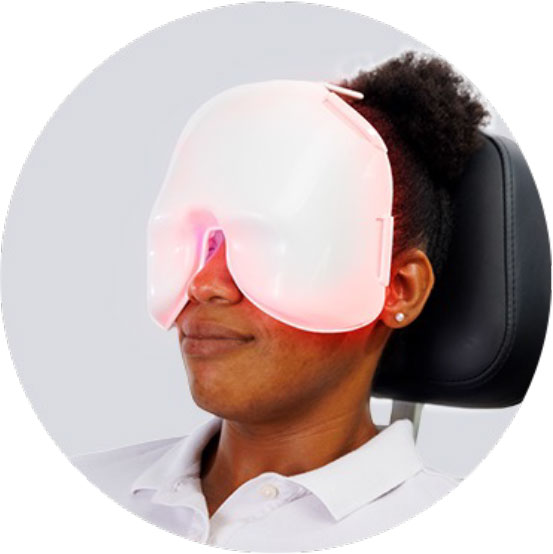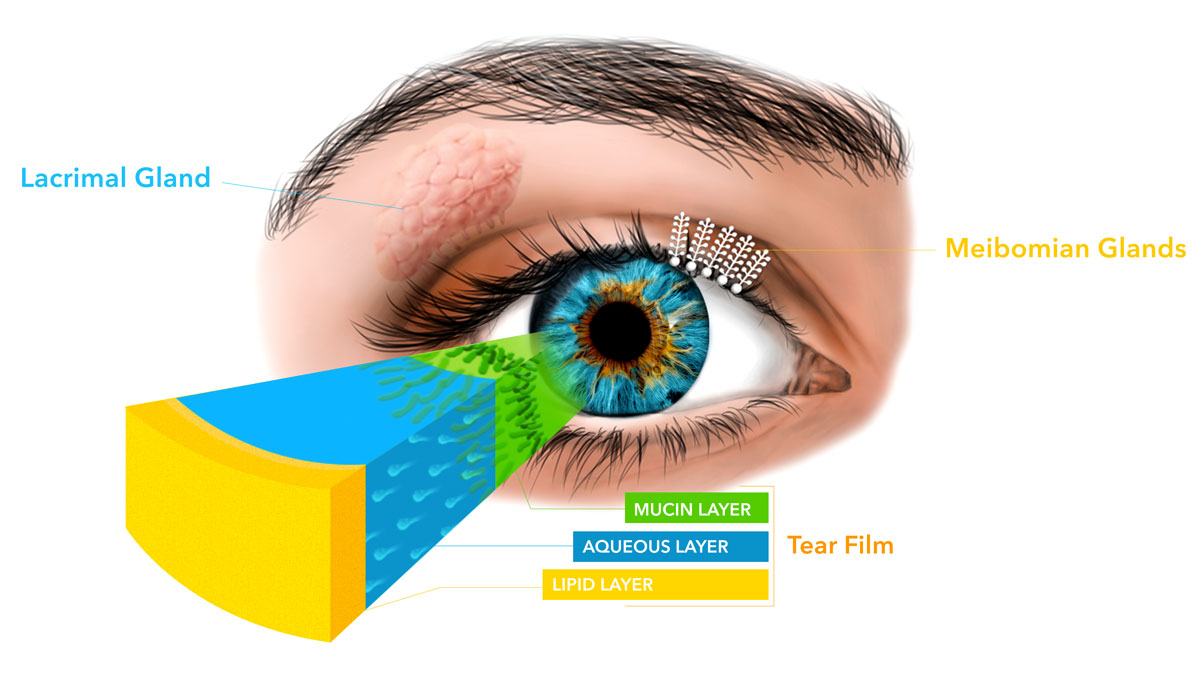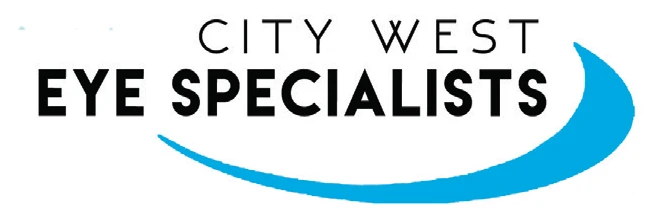Low Level Light Therapy for Dry Eye
Low Level Light Therapy (LLLT) is a relatively new treatment option for Dry Eye. It is a non-invasive and painless therapy that uses low light energy (invisible light) to replenish and rejuvenate the tear film, providing symptomatic relief.
LLLT is also known as cold laser therapy or photobiomodulation (PBM) and uses low-intensity laser light to stimulate cellular function and promote healing. The light energy is absorbed by the cells in the body that triggers a series of biochemical reactions that help reduce inflammation, increase blood flow and promote healing.
It has been used for many years in various fields of medicine for chronic pain, arthritis and wound healing.
In Ophthalmology, it is used for patients with Dry Eye, Meibomian Gland Dysfunction, Scar Rejuvenation and Meibomian Cysts. It stimulates tear production and reduces inflammation, causing relief of symptoms of burning, itchiness and dryness.

Dry Eye, Meibomian Glands and the Tear Film
Our tears are made up of 3 layers:
- Lipid (Oil) layer,
- Aqueous (water) layer and the
- Mucus (Sticky) layer

Your Meibomian Glands secrete Meibum, which forms the lipid or oily layer of the tear film. Meibum is thus an essential part of the tear film. Meibomian Gland Dysfunction occurs when the meibomian glands fail to secrete enough meibum, hence not enough tears to lubricate the eye. 80% of Dry Eye is from Meibomian Gland Dysfunction. This produces a multitude of symptoms including burning, itchiness, irritation, redness and pain.
Low Level Light Therapy (LLLT)
LLLT is where an invisible red light is applied directly to the eyelids, giving heat to the Meibomian Glands. This subsequently improves the function of the Meibomian Glands and helps secrete more Meibum, which has been shown to be deficient in your eye. This replenishes the tear film and reduces the inflammation, resulting in a healthier tear film and more comfortable eye, which will provide symptomatic relief (sometimes within minutes).
Benefits of Low Level Light Therapy
The main benefit of this treatment is that it is non- invasive and painless and can be done with minimal preparation. It is done in my practice as an outpatient and does not require any downtime, making it very convenient.
It can be used for ALL skin types. The aim is to minimise the use of eye drops for your condition.
Each treatment takes 12-17 minutes. You sit in a chair with a face mask on which applies red light and heat directly to the eyelids and periocular region.
Multiple treatments are required, usually 5 - 10 days apart. The number of treatments required depends on the severity of your condition, however, a minimum of 3 is what is recommended. Dr Sachdev will monitor your progress following each session to determine how many sessions you will need.
Contraindications and precautions to Low Level Light Therapy
There are no specific contraindications to this light therapy if used in isolation.
As a precaution, you should not be treated with LLLT if you have any known photosensitivity to yellow and red light or if there is a history of light activated central nervous system disorders which as like epilepsy or migraine.
If you are undertaking any other skin cosmetic therapies, are on any dermatologically prescribed medications (such as Roaccutane) or photosensitive medications, please let Dr Sachdev know.
Treatment preparation for Low Level Light Therapy
There is no specific preparation that is required for this treatment (unlike for laser skin treatment).
Facial and Eye Make up can be worn, however it is suggested to not wear make up for this treatment.
If you wear contact lenses, it is recommended to remove them before starting the treatment.
Side effects & post treatment care for Low Level Light Therapy
There are no specific side effects of this treatment.
You are not required to stay out of the sun, however, direct sunlight for the initial few hours following treatment is not recommended.
This treatment should be done 10-14 days prior to any form of intraocular surgery.
Success of Low Level Light Therapy
Studies have shown 9/10 patients benefit from this treatment with no specific defined risk factors for those who do not respond to this treatment.
To have the most success from this treatment, multiple sessions are required, with the number of sessions different for each patient.
To find out if low level light therapy for dry eye is appropriate for you, please book an appointment with Dr Nisha Sachdev.
reception@citywesteyespecialists.com.au
FAX: 02 9475 4246
Referral form
Email Us
FAX: 02 9475 4246
Referral form
